Ronald Grigor Suny0521811449, 9780521811446
Table of contents :
Cover Page……Page 1
About the Book……Page 2
Title: THE CAMBRIDGE HISTORY OF RUSSIA, Volume III – The Twentieth Century……Page 4
part i RUSSIA AND THE SOVIET UNION: THE STORY THROUGH TIME……Page 6
part ii RUSSIA AND THE SOVIET UNION: THEMES AND TRENDS……Page 7
Illustrations……Page 9
Maps……Page 11
Notes on contributors……Page 12
Acknowledgements……Page 15
Note on transliteration and dates……Page 16
Chronology……Page 17
Abbreviations……Page 23
Introduction……Page 26
1 Reading Russia and the Soviet Union in the twentieth century: how the ‘West’ wrote its history of the USSR……Page 30
The prehistory of Soviet history……Page 31
Seeing the future work……Page 37
The ColdWar and professional sovietology……Page 45
The totalitarian model……Page 47
The modernisation paradigm……Page 53
Alternatives……Page 58
From political science to social history……Page 62
The first revisionism: 1917……Page 68
The fate of labour history: from social to cultural……Page 72
The study of Stalinism: the next revisionism……Page 74
From above to below, from centre to periphery……Page 79
Soviet studies in the post-Soviet world……Page 82
RUSSIA AND THE SOVIET UNION: THE STORY THROUGH TIME……Page 90
History as event……Page 92
The political ideology of autocracy……Page 95
Intellectuals and ideologies of dissent……Page 97
In the public sphere……Page 102
Sacred stories……Page 105
Proletarians……Page 107
In the countryside……Page 111
Nation and empire……Page 114
Fin de si`ecle……Page 118
The outbreak of war……Page 119
Military campaigns: 1914–16……Page 121
The martial law regime and its consequences……Page 122
The nationalisation of the empire……Page 125
The politics of war……Page 129
Revolution and the transformation of war……Page 132
1918, the final year of war: occupation and intervention……Page 136
4 The Revolutions of 1917–1918……Page 139
The aspirations of the masses……Page 144
The politics of war, March to July 1917……Page 147
The peasant revolution……Page 151
Political polarisation……Page 153
The Bolshevik seizure of power……Page 158
The establishment of Bolshevik dictatorship……Page 160
5 The Russian civil war, 1917–1922……Page 165
Overview……Page 168
The Bolshevik party-state……Page 176
Revolution and culture……Page 180
War Communism and Russia’s peasant majority……Page 182
Workers against Bolsheviks……Page 188
Conclusion……Page 191
6 Building a new state and society: NEP, 1921–1928……Page 193
7 Stalinism, 1928–1940……Page 217
Industrialisation, collectivisation and class war……Page 218
The domestic and international contexts……Page 224
Social dynamics and population movements……Page 225
Consolidating Stalin’s revolution: the victory of socialism and the retreat to conservatism……Page 230
Culture and morality in the service of socialism……Page 231
Nationality under Stalin……Page 235
Mass repression, police and the militarised state……Page 237
Conclusion……Page 241
The road to war……Page 242
The eastern front……Page 247
On the edge of collapse……Page 253
Unexpected resilience……Page 254
The Red Army in defeat and victory……Page 259
Government and politics……Page 264
9 Stalin and his circle……Page 268
Rise of the Stalinist faction……Page 270
From oligarchy to dictatorship……Page 274
War years……Page 279
Post-war dictatorship……Page 283
Last years……Page 288
Conclusion……Page 291
10 The Khrushchev period, 1953–1964……Page 293
Personality and history……Page 295
Biography……Page 297
Succession struggle……Page 299
Reforming agriculture……Page 303
Industry and housing……Page 304
Culture……Page 305
The Soviet bloc……Page 308
East–West relations……Page 310
Endgame……Page 313
Overthrow……Page 314
Legacy……Page 316
11 The Brezhnev era……Page 317
The rejection of Khrushchevism……Page 321
Brezhnev’s social contract……Page 325
The rise and decline of d´etente……Page 330
Brezhnevism in decline, 1976–82……Page 333
12 The Gorbachev era……Page 341
Launching political reform……Page 344
The new freedoms……Page 347
From political reform to systemic transformation……Page 350
The failure of economic reform……Page 356
Ending the ColdWar……Page 361
From pseudo-federation to disintegration……Page 367
13 The Russian Federation……Page 377
Dissolving the Soviet Union……Page 380
The new political system……Page 382
Launching economic transformation……Page 383
The consequences of Yeltsin’s reform sequence and strategy……Page 384
October 1993……Page 386
Chechnya……Page 389
Founding elections: 1993–6……Page 391
The August 1998 financial crisis……Page 396
Renewed political polarisation……Page 399
Invading Chechnya again……Page 401
The end of Yeltsin’s Russia and the beginning of Putin’s Russia……Page 402
Conclusion……Page 404
RUSSIA AND THE SOVIET UNION: THEMES AND TRENDS……Page 406
14 Economic and demographic change: Russia’s age of economic extremes……Page 408
Great leaps forward (i): late tsarist industrialisation……Page 411
The radical privatisation impulse (i): pre-1917 experiments with land reform……Page 413
The reform impulse in Russian economic history (i): New Economic Policy……Page 415
Great leaps forward (ii): the Five-Year Plans and collectivisation……Page 419
Great leaps forward (iii)……Page 427
The reform impulse in Russian economic history (ii): perestroika……Page 429
The radical privatisation impulse (ii): post-1991 experiments and consequences……Page 431
Conclusions and assessment……Page 434
15 Transforming peasants in the twentieth century: Dilemmas of Russian, Soviet and post-Soviet development……Page 436
Labour, communes, households……Page 437
Breaking the peasant commune (i): Stolypin’s ‘wager on the strong’……Page 440
War and revolution, 1914–17……Page 441
War Communism, 1918–20……Page 442
NEP, 1921–8……Page 444
Breaking the peasant communes (ii): forced collectivisation and the liquidation of the kulaks as a class……Page 445
The SecondWorldWar and its aftermath……Page 451
Post-Stalin: the question of reform……Page 452
The Brezhnev era: stagnation, or deepening contradiction?……Page 454
Perestroika and the further transformation of Russian rural life……Page 458
Post-Soviet rural life: prospects and dilemmas……Page 462
16 Workers and industrialisation……Page 465
Peasants into workers……Page 467
Labour discipline and productivity……Page 473
Enterprise paternalism……Page 483
The end of the Soviet working class……Page 487
17 Women and the state……Page 493
On the eve……Page 494
War and revolution……Page 496
The Bolsheviks seize power……Page 497
Revolution comes to the countryside……Page 502
A great retreat?……Page 504
The SecondWorldWar and its aftermath……Page 508
De-Stalinising the ‘woman question’……Page 511
Gorbachev and after……Page 516
18 Non-Russians in the Soviet Union and after……Page 520
19 The western republics: Ukraine, Belarus, Moldova and the Baltics……Page 547
Nation-building in the age of revolution……Page 549
States and nations in the era of mass politics……Page 557
Between Eastern Europe and the Russian core……Page 564
Before the revolution (1901–17)……Page 574
The Bolshevik revolution and its aftermath, 1917–29……Page 577
The great break and the emergence of Stalinist science, 1929–41……Page 580
The SecondWorldWar and the post-war years, 1941–53……Page 586
De-Stalinisation and science 1953–68……Page 591
Disenchantment, 1968–91……Page 597
Science in post-Soviet Russia, 1991–2000……Page 600
Conclusion……Page 602
21 Culture, 1900–1945……Page 604
Conclusion……Page 628
Paralysis, 1945–53……Page 630
The Thaw, 1953–67(?)……Page 635
Stagnation, 1967–85……Page 642
Glasnost’ and the post-Soviet decade, 1985–2000……Page 654
In lieu of a conclusion……Page 660
The October Revolution……Page 661
Standing alone……Page 663
The awakening of the East……Page 666
Revolutionary phrase versus cautious pragmatism……Page 668
Fear of France eclipses the real danger……Page 671
Salvation too late……Page 673
The Popular Front against Fascism……Page 675
The anti-Japanese front……Page 677
The Popular Front collapses, 1939……Page 679
24 Moscow’s foreign policy, 1945–2000: identities, institutions and interests……Page 687
Post-war ambiguity, 1945–7……Page 688
Stalinism’s two camps at home and abroad, 1947–53……Page 692
Difference at home: allies abroad, 1953–6……Page 698
Cold peace at home: cold war abroad, 1957–85……Page 707
Social Democracy at home: normal Great Power abroad, 1985–91……Page 719
Between Europe and the United States, 1992–2000……Page 725
Conclusion……Page 730
Marxism and the class narrative……Page 731
Revolutionary Social Democracy: ‘The merger of socialism and the worker movement’……Page 732
Russian Social Democracy……Page 735
The class narrative in a time of troubles……Page 738
‘Who-whom’ and the transformation of the countryside……Page 743
From path to treadmill: the next sixty years……Page 748
Bibliography……Page 757
A……Page 818
B……Page 820
C……Page 823
D……Page 828
E……Page 829
F……Page 831
G……Page 833
I……Page 836
J……Page 838
K……Page 839
L……Page 841
M……Page 844
N……Page 847
O……Page 848
P……Page 849
R……Page 853
S……Page 855
T……Page 860
U……Page 862
W……Page 864
Y……Page 866
Z……Page 867
Plates……Page 868
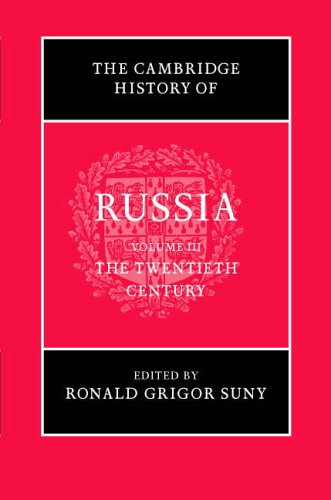

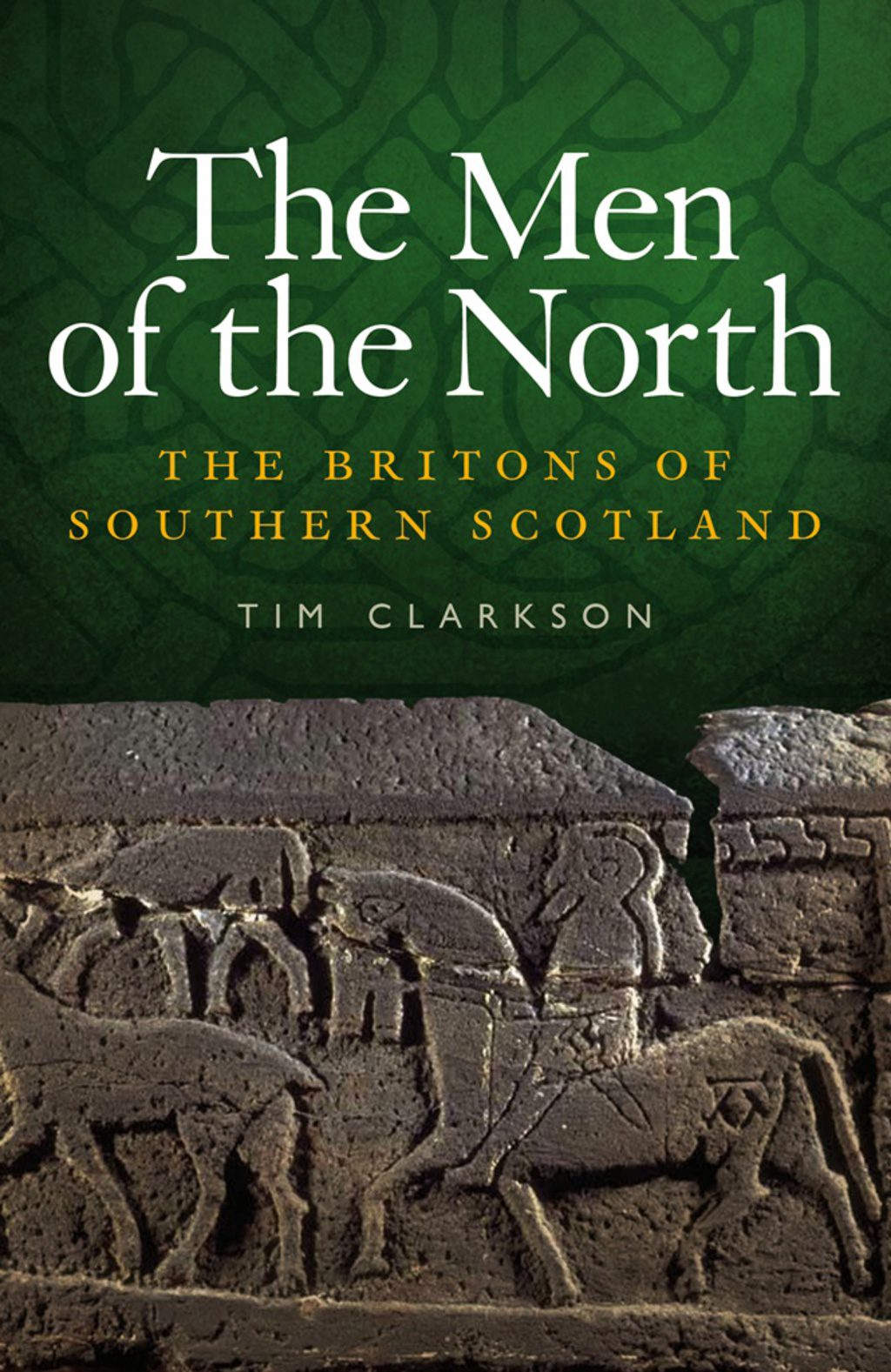
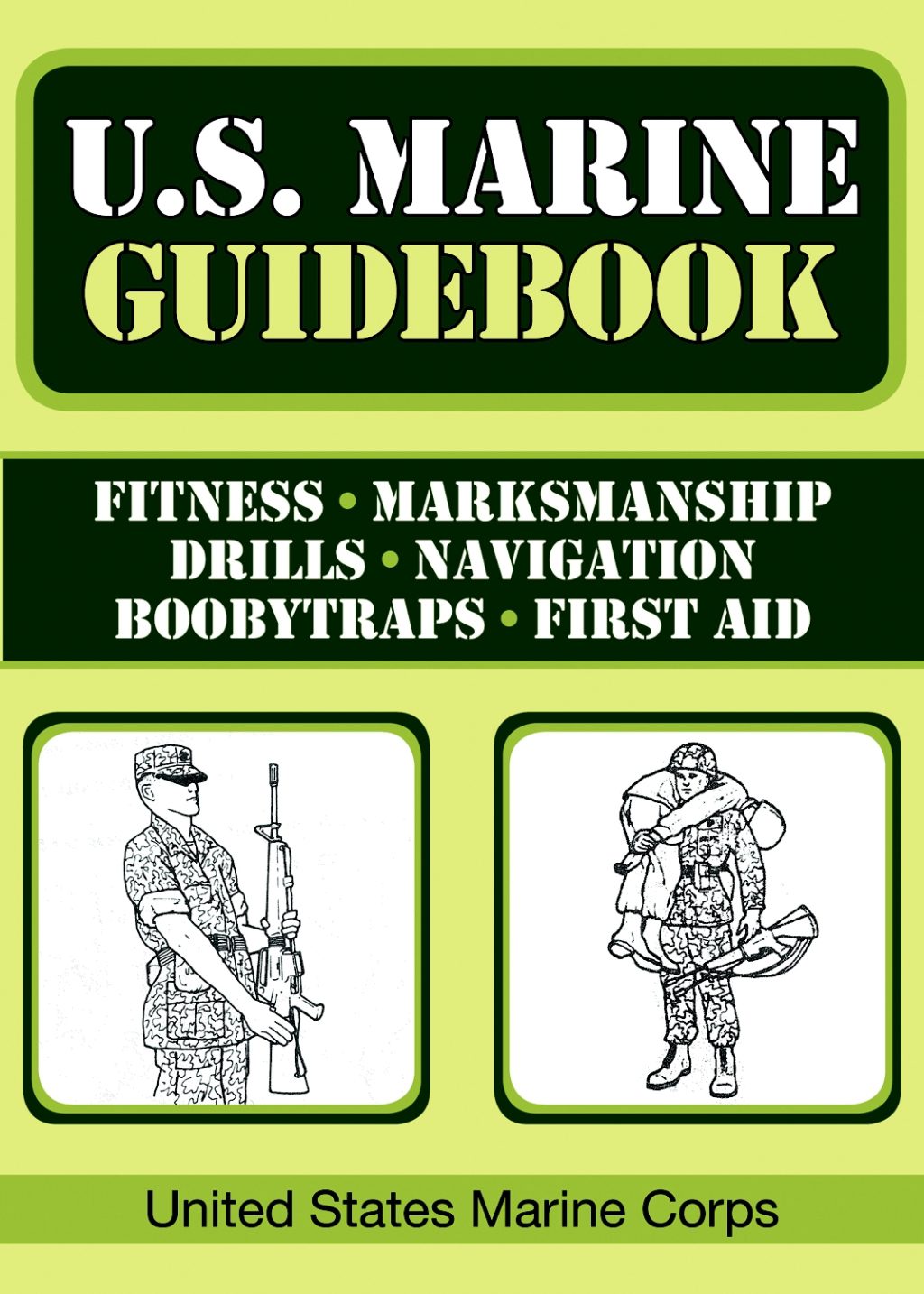

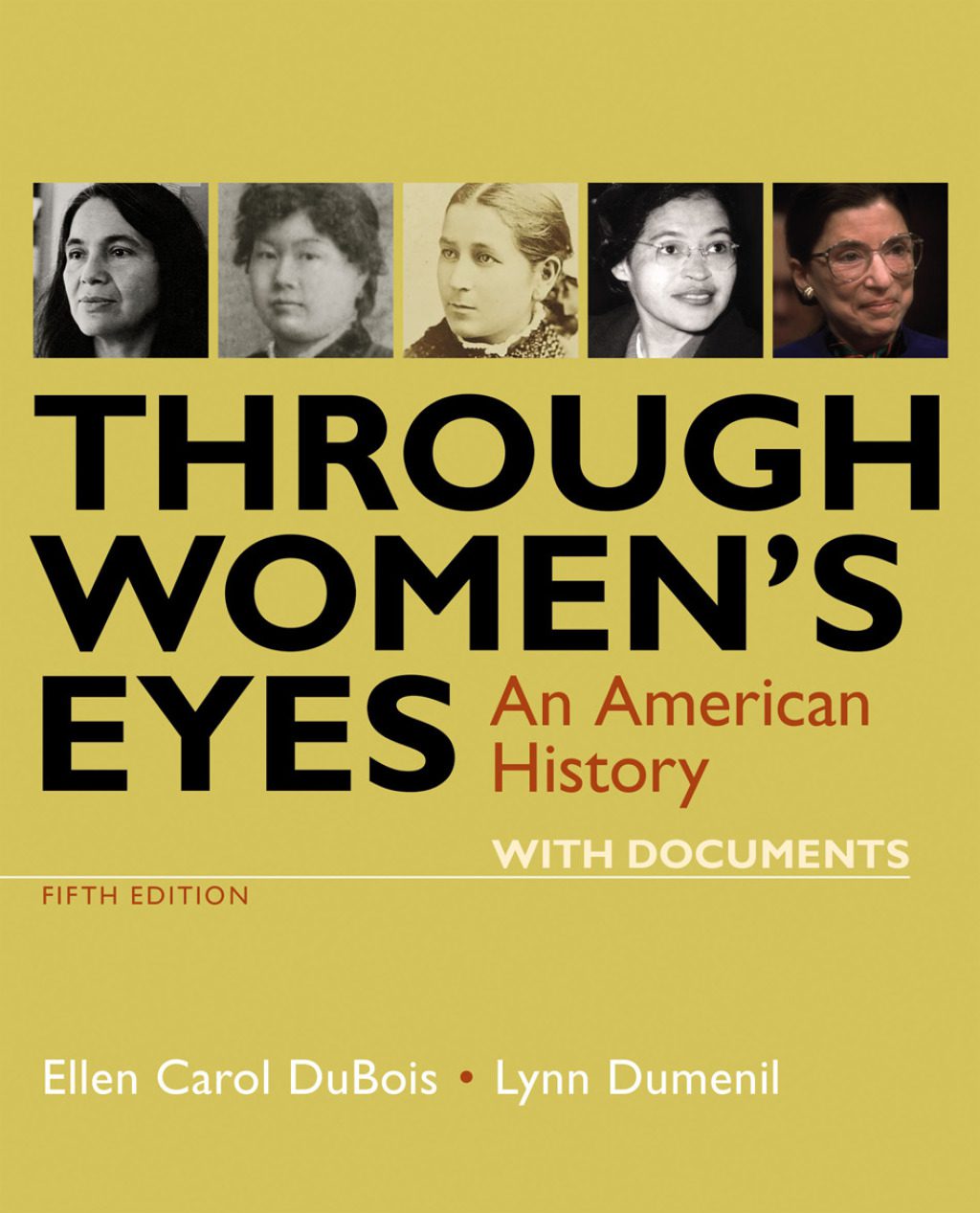
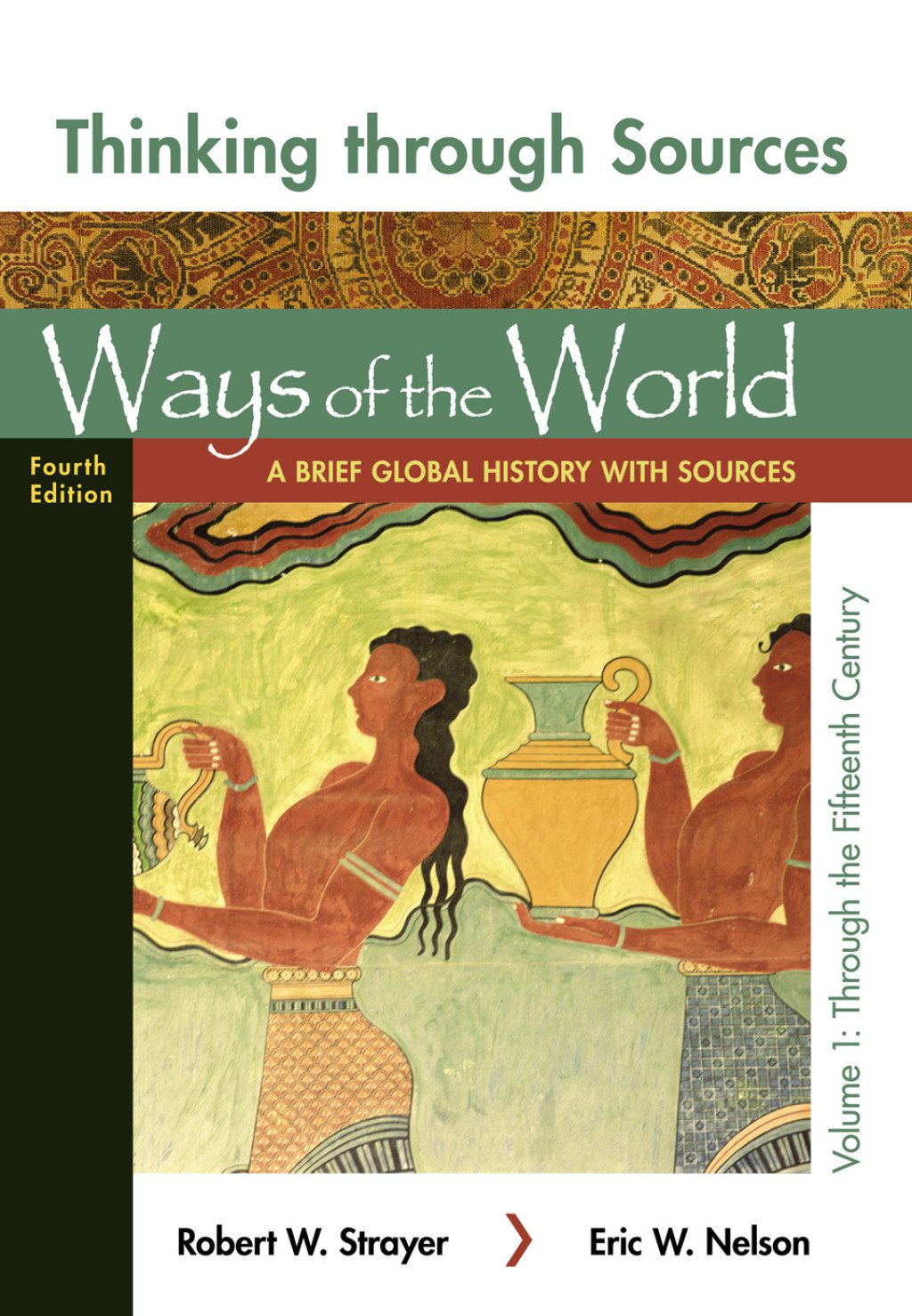
Reviews
There are no reviews yet.